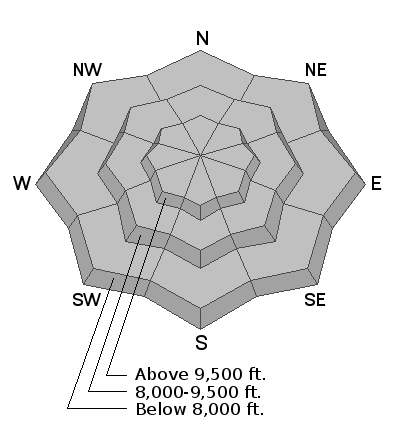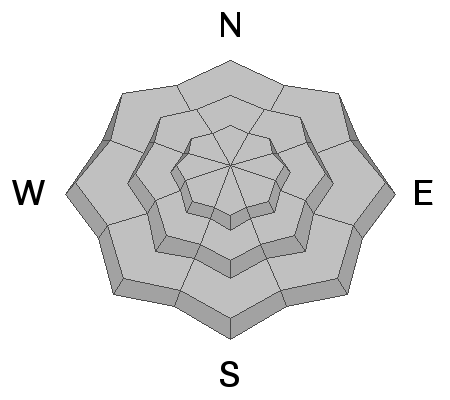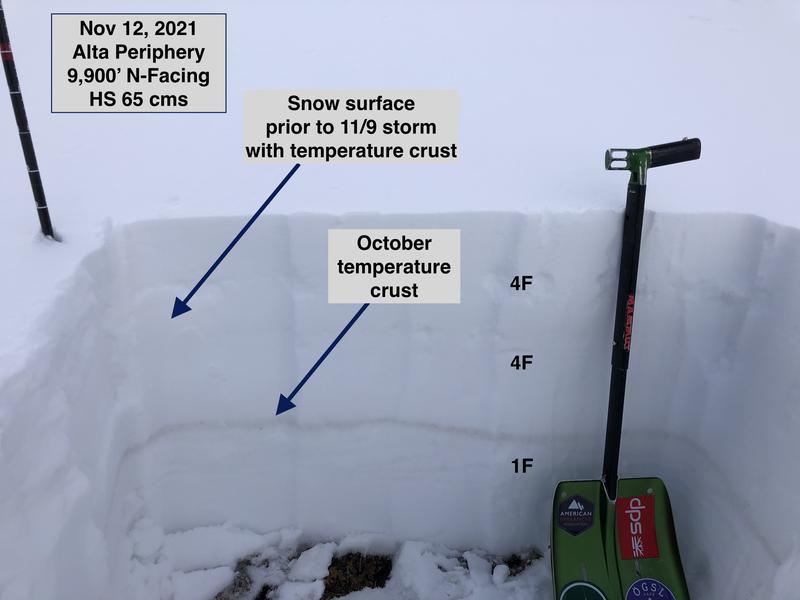Forecast for the Provo Area Mountains

Issued by Greg Gagne on
Friday morning, November 12, 2021
Friday morning, November 12, 2021
Although the snowpack is generally stable and avalanches are unlikely, it may be possible to find recent and fresh wind drifts along upper elevation ridgelines that are reactive.
We will be issuing intermittent updates and publishing backcountry observations as they arrive. When we begin regular forecasts, we will begin issuing avalanche danger ratings.
A few things to remember:
- Triggering any avalanche regardless of its size can produce serious trauma even if it doesn't bury you because the snowpack is so thin.
- Hitting rocks and stumps is a real danger. Don't end your season before it starts with an injury from hitting one of these obstacles.
- Early season avalanches are a real possibility. It doesn't matter if you are hiking, hunting, skiing, etc., be prepared with the correct rescue gear and a partner. Many people have died during early season snowstorms.
- Ski resorts all have different uphill travel policies. These closed resorts that allow uphill travel can be great places to get in a little skiing especially in you know of a rock-free slope, but it should be treated as backcountry terrain.
We will be issuing intermittent updates and publishing backcountry observations as they arrive. When we begin regular forecasts, we will begin issuing avalanche danger ratings.

Low
Moderate
Considerable
High
Extreme
Learn how to read the forecast here








